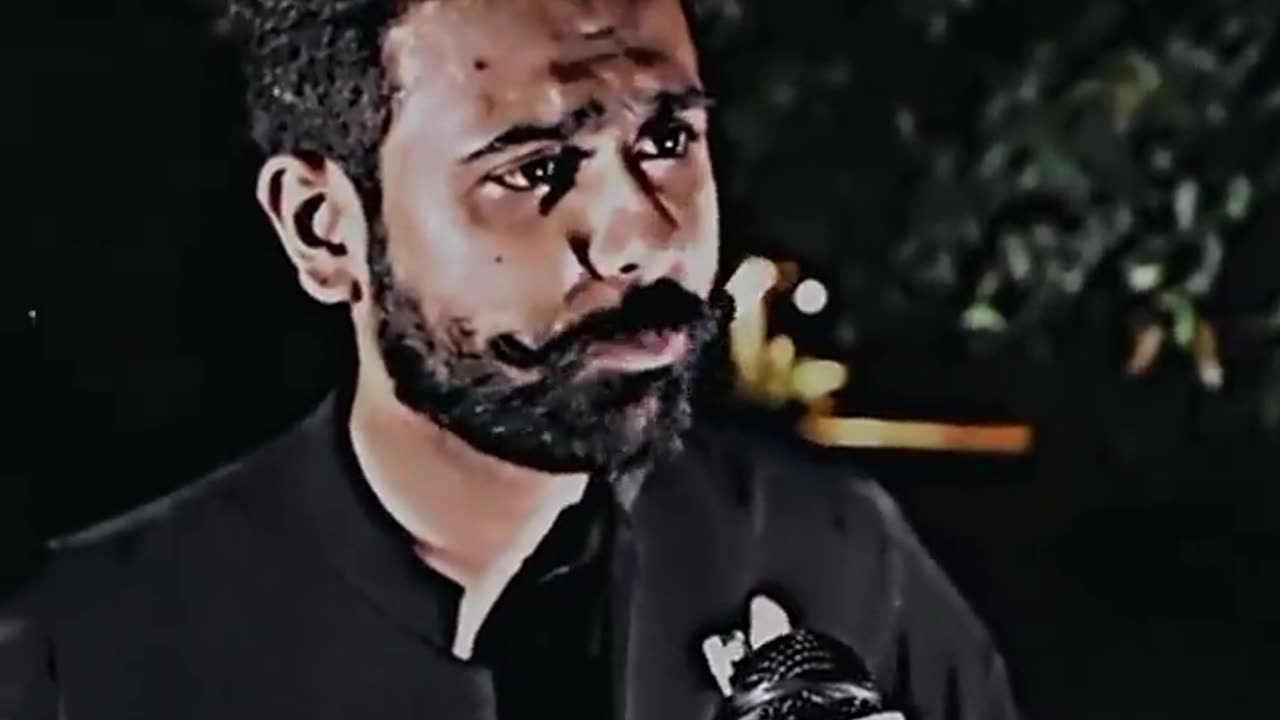Premium Only Content

مہنگائی کیوں ہیں
Poverty is a complex and multidimensional phenomenon that affects millions of people in Pakistan. Poverty can be defined as the lack of adequate income or consumption, as well as the deprivation of basic needs and services, such as education, health, water, sanitation, and electricity. Poverty can also limit the opportunities and choices of individuals and households, and expose them to various risks and vulnerabilities.
According to the World Bank, poverty in Pakistan has been recorded by the lower middle-income poverty rate of US$ 3.2 per day at 39.3%, and by the upper middle-income poverty rate of US$ 5.5 per day at 78.4%, for the fiscal year 2020–211. However, statistics vary due to the definition of poverty and the data sources used. For example, using the national poverty line of Rs. 3,030.32 per adult equivalent per month, the poverty rate in Pakistan was estimated at 21.9% in 20182. Similarly, using the international poverty line of US$ 1.90 per day (2011 PPP), the poverty rate in Pakistan fell from 6.2% in 2013 to 4% in 20153.
Poverty in Pakistan has many causes and dimensions, such as low economic growth, unequal distribution of income and wealth, high population growth, low human capital development, poor governance, corruption, political instability, natural disasters, conflicts, and terrorism. Poverty also varies across regions, provinces, districts, urban and rural areas, gender, age groups, and social groups. Some of the most vulnerable and marginalized groups include women, children, youth, elderly, disabled, minorities, refugees, internally displaced persons (IDPs), and people living in remote and conflict-affected areas.
The government of Pakistan has taken various measures to reduce poverty and improve the living standards of its people. Some of these measures include social protection programs (such as Benazir Income Support Programme), cash transfers (such as Ehsaas Emergency Cash Programme), microfinance schemes (such as Prime Minister’s Interest Free Loan Scheme), education and health initiatives (such as National Education Policy and Sehat Sahulat Programme), infrastructure development projects (such as China-Pakistan Economic Corridor), and economic reforms (such as tax reforms and fiscal consolidation). The government has also collaborated with various development partners, such as the Asian Development Bank1, the World Bank2, and the United Nations, to implement poverty reduction strategies and programs.
However, despite
Learn more:
1. adb.org
2. pip.worldbank.org
3. en.wikipedia.org
1
of
30
Canceling
New topic
-
 DVR
DVR
SternAmerican
2 hours agoElection Integrity Town Hall - Lee County with Raj Doraisamy of Defend Florida 2:00pm Est
12.3K2 -
 12:01
12:01
T-SPLY
5 hours agoBREAKING - Jasmine Crockett Under Investigation For Fraudulent Campaign Donations
3255 -
 39:07
39:07
Steph & Kayls
3 hours agoFrom Spicy Content to Sleepless Nights: The Chaos of Being First-Time Parents & Creators | Ep. 1
71 -
 1:36
1:36
Nick Shirley
5 hours agoThese Anti-Trump and Elon Protesters are Idiots
1724 -
 17:08
17:08
World2Briggs
1 day ago $0.06 earned10 Worst Cities to Move if You Hate Yourself.
114 -
 13:32
13:32
megimu32
1 day agoKitKat vs. Twix: One Breaks, One Bites… Who Wins?
2257 -
 24:04
24:04
Link to the Light
17 hours agoTop 10 Most Anticipated Games of 2025 - Link to the Light
562 -
 23:00
23:00
Ohio State Football and Recruiting at Buckeye Huddle
17 hours agoOhio State Football: Spring Game Recap | Biggest Concerns for Buckeyes?
18 -
 11:57
11:57
Fit'n Fire
3 hours ago $0.01 earnedGriffin Armament Dual-Lok HRT-762 First Looks
62 -
 11:23
11:23
ariellescarcella
1 day agoHere's What Happens To 'Trans Kids' : 15 Year Study Reveals ALL
3305